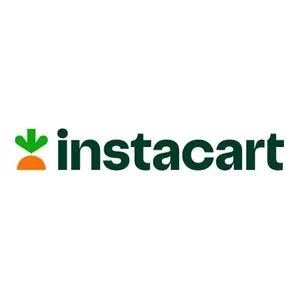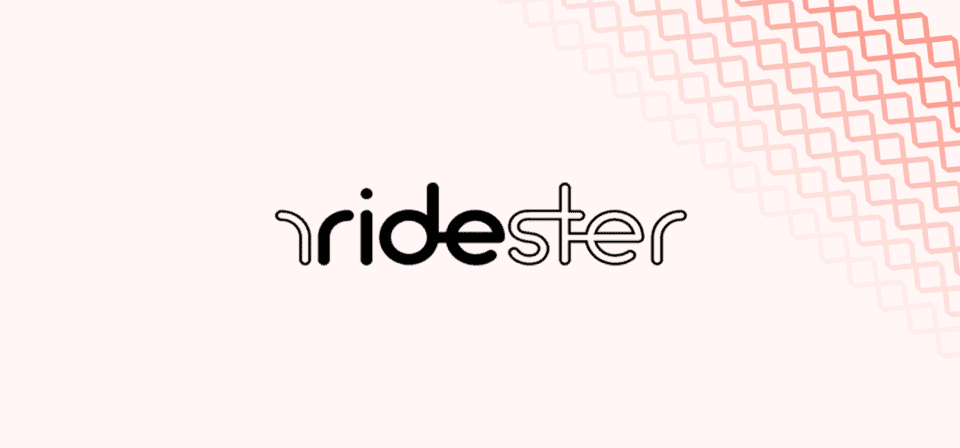Key Takeaways
- Instacart prices are often higher than in-store, with a markup of about 15% on average.
- Prices vary by store and product, with markups covering operational costs and shopper compensation.
- “Everyday Store Prices” promise in-store costs on Instacart, but delivery fees and tips are extra.
- Despite higher prices, Instacart offers convenience and variety, balancing time savings against cost.
Are Instacart Prices Higher Than in Stores?
Yes, Instacart prices are often higher than in stores. On average, there’s a markup of about 15%, though this can vary by store and product, ranging from a slight increase to as much as 50% for certain items.
Instacart’s markups cater to the operational costs they incur, primarily compensating their shoppers and delivering orders to customers’ doorsteps. Their business structure demands these markups to keep their service running seamlessly.
Why is Instacart So Expensive?
Instacart is a delivery platform, connecting customers to local grocery delivery retailers. The prices on Instacart are influenced by both the choices of individual retailers and specific charges by the platform.
However, retailer pricing is the biggest driving factor in Instacart’s pricing, as retailers set their own prices. For instance, if Acme’s milk is priced at $4 on Instacart but only $3.50 in-store, that’s Acme’s choice, potentially influenced by the commission Instacart takes.
Some retailers might elevate their prices on Instacart to offset these commissions. Additionally, there are a handful of other factors that also heavily impact the pricing of Instacart orders. These include:
- Operational Markups: Some stores, such as Costco and Aldi, adjust their prices on Instacart to recoup online and in-store operational costs.
- Store Affiliations: Items from non-partnered stores can be more expensive on Instacart.
- Discount Discrepancies: Instacart might not always recognize in-store promotions, which can widen the perceived price gap between app and in-store prices. Also, certain in-store deals might not be reflected on the platform.
- Service and Delivery Fees: Instacart levies various fees, such as service fees that vary between members and non-members, and delivery fees that can start at $3.99 and fluctuate based on factors like priority.
- Peak Shopping Hours: Ordering during high-demand times can attract higher service fees.
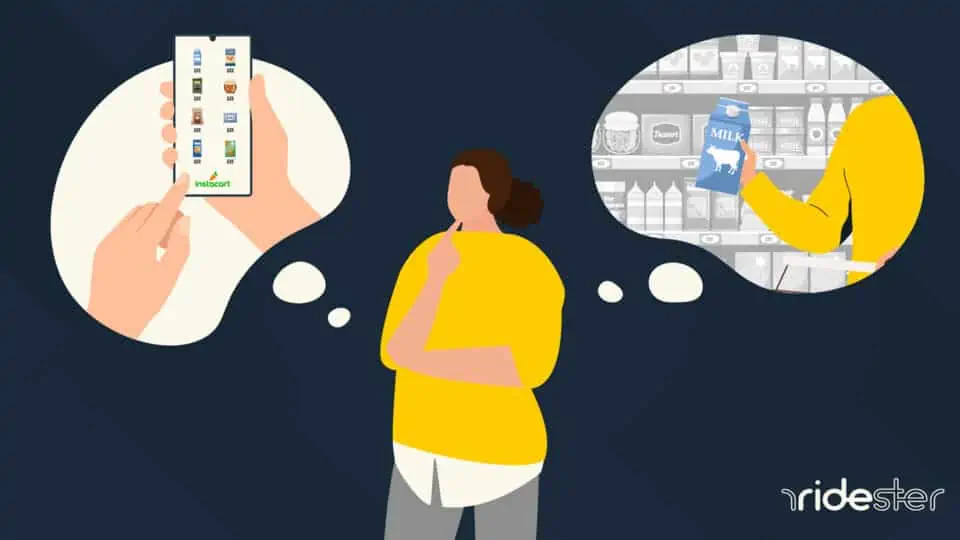
There are also miscellaneous fees that can add up, little by little. A few that are common among Instacart orders:
- Bag Fee: Depending on the store and location, customers might incur a bag fee. This includes charges for plastic bags, reusable bags, or insulated bags.
- Heavy Fee: For orders where items weigh over 55 pounds, a fee starting from an extra 5% might be added. This compensates for the driver’s effort and the store’s storage costs.
- Membership Fee: Instacart offers a membership at $9.99/month or $99/year. This membership can reduce or offset certain extra fees at checkout.
In essence, Instacart is so expensive because their pricing factors in their service, driver compensation, and various store-specific fees.
Alternative Instacart Hack: “Everyday Store Prices”
Some stores on Instacart promise “Everyday Store Prices”, meaning what you see on the app mirrors in-store costs. Yet, delivery fees and tips are additional.
To learn a store’s pricing approach on Instacart:
1. Visit the store’s listing page on Instacart:
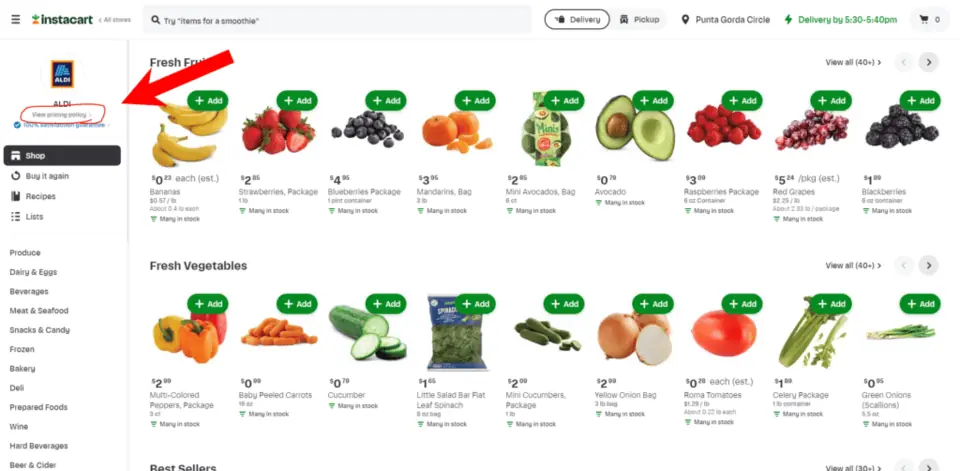
2. Click or tap “View Pricing Policy”:
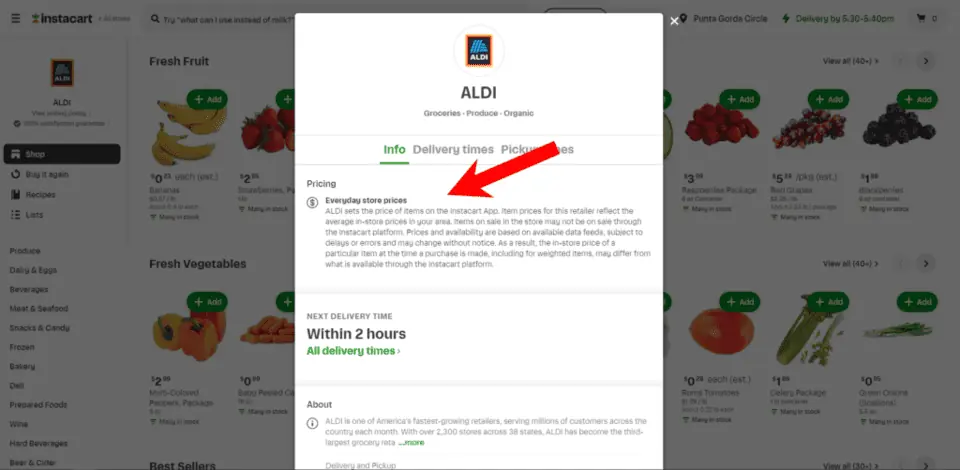
This will show if they charge in-app markups. Retailers without additional charges will display an “In-store Prices” badge.
As you can see from the example above, the prices on ALDI are not marked up – they are the same as if you were to walk into the store and buy them yourself.
Which Stores Mark Up Prices More on Instacart?
The stores with the highest markups on Instacart are generally luxury grocery stores, like Whole Foods and Bristol Farms. Discount stores, like Trader Joe’s and Grocery Outlet, have much lower markups.
Are Instacart Prices Higher for ALDI?
While Instacart might increase prices to cover shopping and delivery costs, ALDI remains a cost-effective grocery option.
In fact, even with Instacart’s markup, ALDI often comes out cheaper. Specifically, Instacart’s ALDI prices are roughly 17% higher.
Although this markup includes delivery fees, when comparing overall expenses, the difference between Instacart and in-store ALDI prices isn’t extreme.
Read more: How ALDI delivery works for customers
Are Instacart Prices Higher for Costco?
Costco is one of the most popular stores on Instacart. Costco is one of the most popular stores on Instacart.
Costco products on Instacart are generally priced about 20% higher than in-store due to the convenience and costs of personal shopping and delivery.
Although Instacart has markups and delivery fees to maintain its services, the overall price increase remains reasonable when considering the benefits it offers.
Which Stores Don’t Have a Markup from Instacart?
If you don’t want to pay the high prices of Instacart, there are great alternatives. In order to remain competitive against grocery delivery platforms, some stores are building their own infrastructures to offer free delivery. Here are a few of my favorites:
1. Target’s Online Grocery Delivery
Target provides online grocery delivery at a flat rate of $11.99, with no added cost on products. Orders are delivered by Shipt drivers, part of Target’s delivery contractor team.
A minimum order of $35 is required, but deliveries are free for orders exceeding $75. With various promotions and discounts available, Target’s service is ideal for those seeking savings.
Interested? Learn more about the cost of using Shipt.
2. Giant Eagle Online Grocery Delivery
Giant Eagle provides online grocery delivery at a $12.95 flat rate without extra charges on items. A minimum order of $35 is needed, but orders over $100 receive free delivery.
3. Whole Foods Online Grocery Delivery
Whole Foods provides free grocery delivery and pickup for Amazon Prime members. There’s no extra cost on items, reflecting Amazon’s commitment to combining convenience with affordable pricing.
Is Instacart Worth It, Even With the Markups?
Instacart’s value proposition hinges on a balance between convenience and cost. While markups can be significant, the trade-offs might still appeal to many.
Time-Saver: Eliminates hours spent shopping in-store.
Safety: Reduces exposure in crowded areas.
Variety: Access multiple stores in one platform.
Higher Costs: Markups can strain budgets.
Missed In-Store Deals: Potential loss of store-specific promotions.
Less Control: Can’t personally inspect produce or sale items.
I highly recommend giving Instacart a try, regardless of the fees. If you value the convenience of not having to go to the store, at the expense of a couple extra bucks in markups, or added fees, the answer is clear – try it out.
While the fees might seem high, try putting yourself in the shoes of the shopper. Think about how much work they are doing, and then think about how much time you’re saving.
When you put it that way, does the convenience outweigh the cost? If so, there’s your answer.


